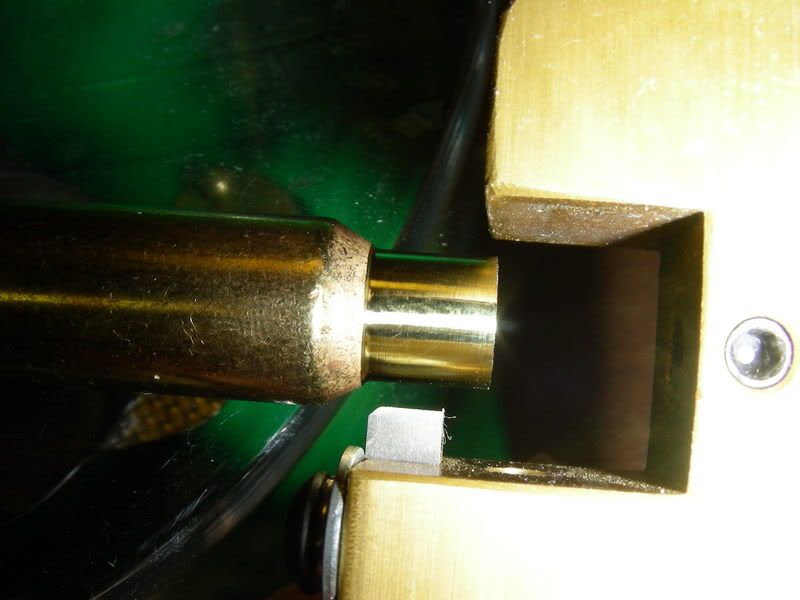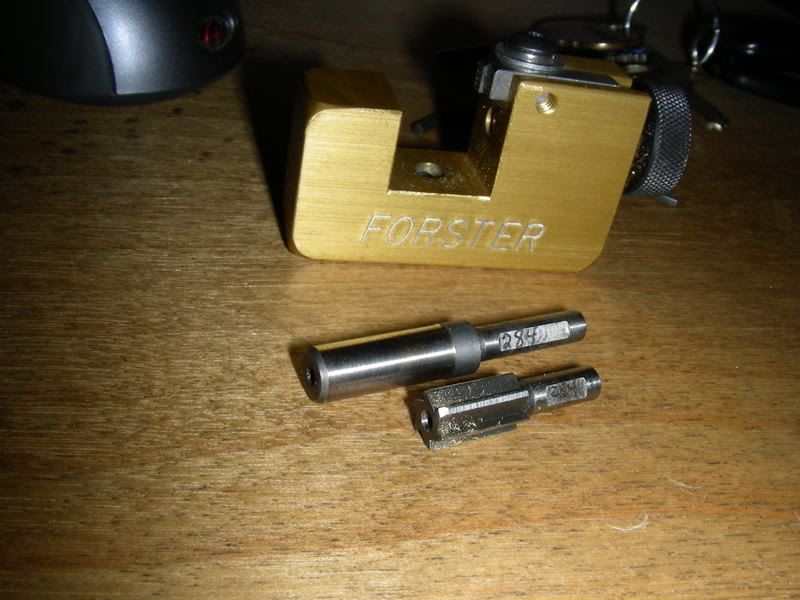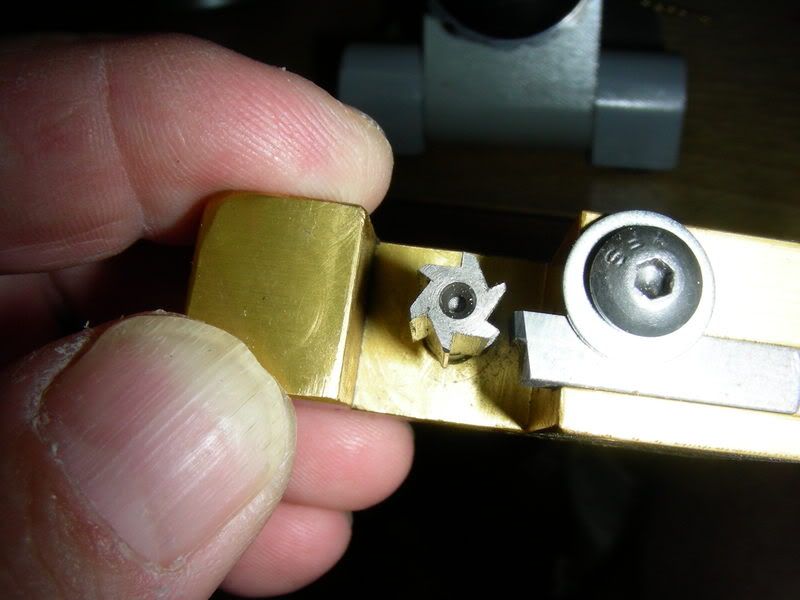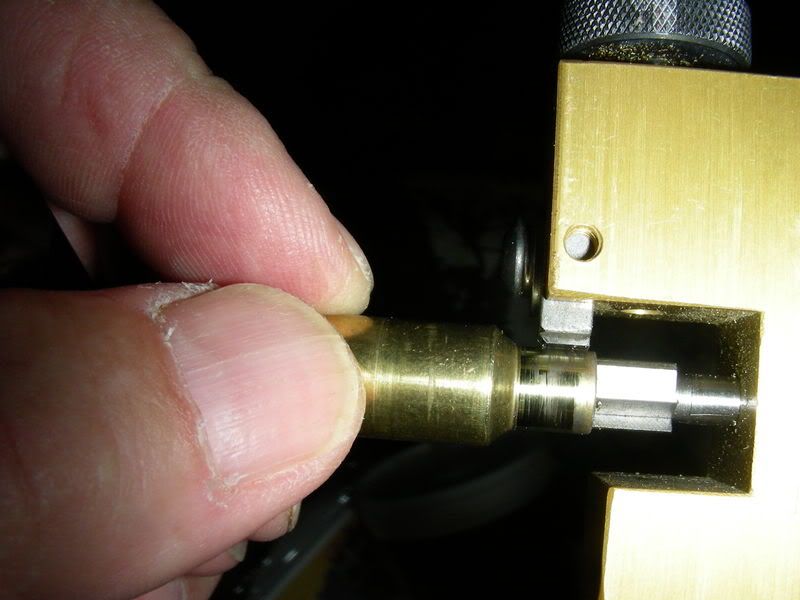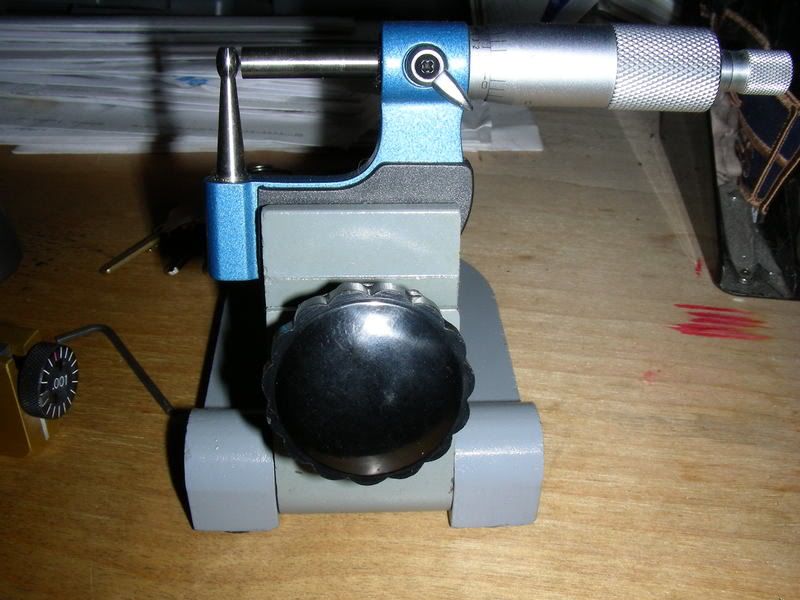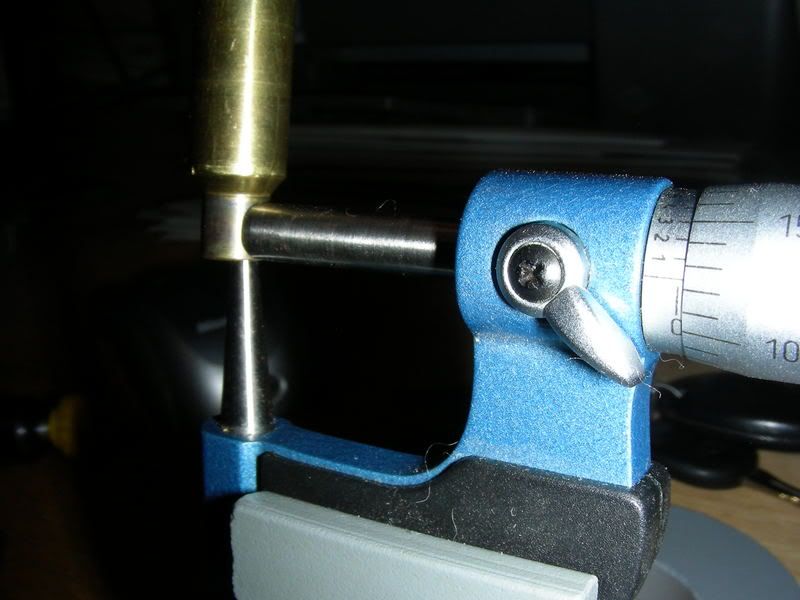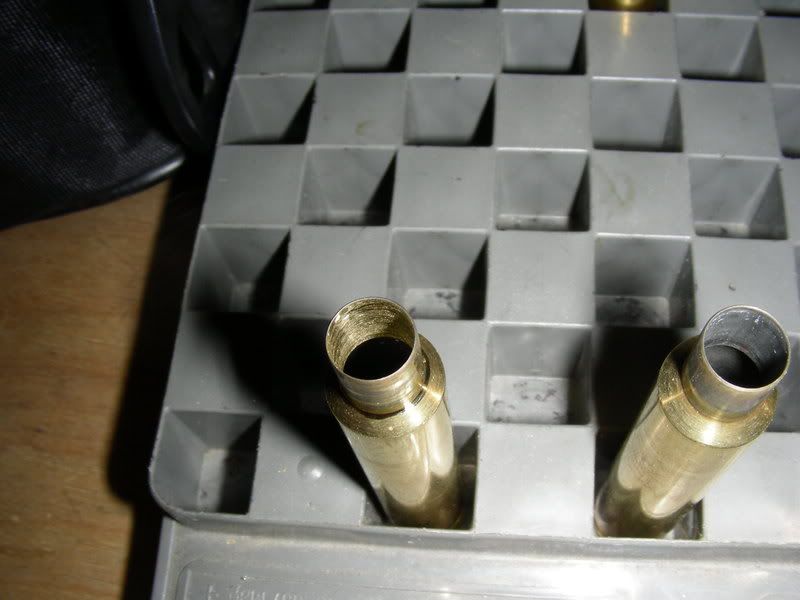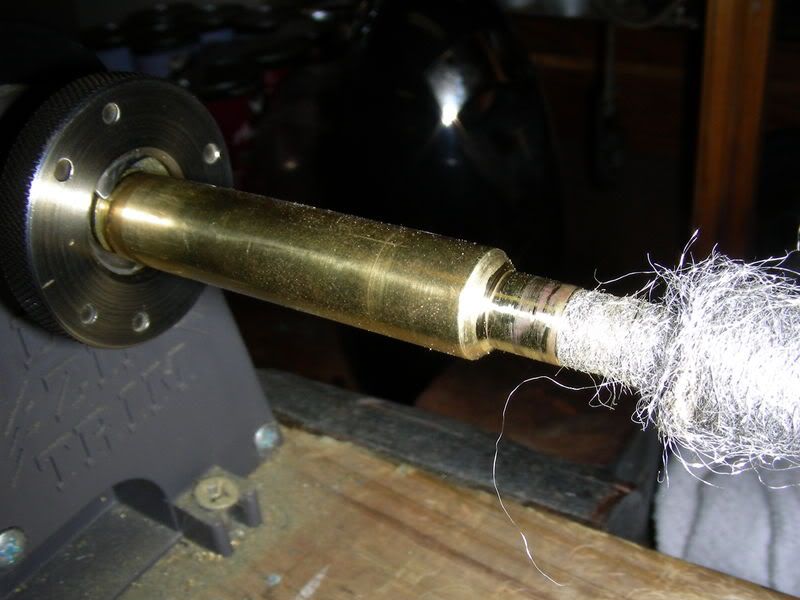boomer68
Handloader
- Oct 23, 2006
- 883
- 91
On the subject of neck turning, what is a good tool to use? I would be looking at getting one.
Another item that seems popular is the flash hole deburring tool.
Another item that seems popular is the flash hole deburring tool.



